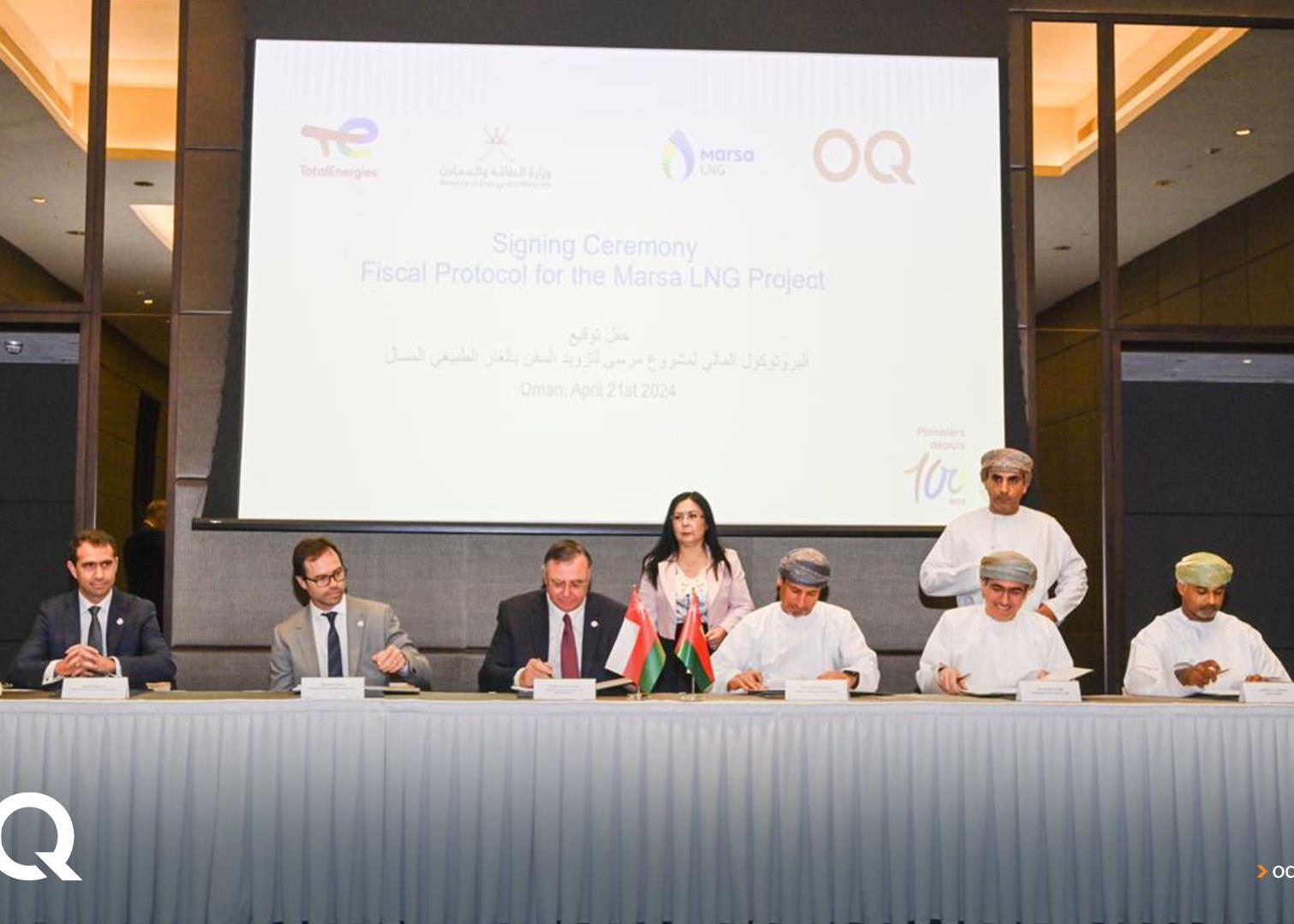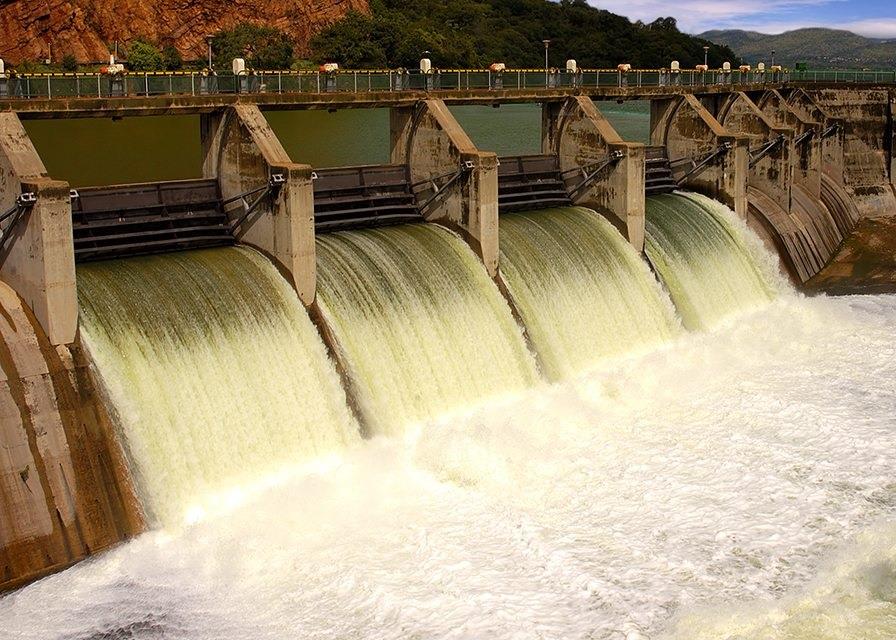
Upturn in real estate market is resulting in increased demand for cooling market
The Gulfs district cooling market will offer increasing opportunities for utility providers and lenders in the coming years.
The fortunes of the district cooling market is inextricably linked to the real estate market, and as a result the attractiveness of the district cooling sector declined with the downturn of the regions real estate sector following the global financial crisis. Projects which were underway were put on hold, and projects in the planning stage were cancelled. District cooling projects followed suit, with new projects delayed or shelved indefinitely. But now this is beginning to change, as regional real estate markets pickup.
The pickup in Dubais real estate sector in 2013 provides has opened up opportunities in the district cooling sector. The emirates Business Bay development provides a prime example of this. The Business Bay district was a key area of focus for developers for new real estate schemes as the market crashed in 2009, and as a result many projects were left half-completed or put on hold. As demand has picked up, work on delayed projects has re-started and new projects have been launched. As a result, the local Emirates Central Cooling Systems Corporation (Empower) launched a an expansion of its Business Bay district cooling plant in July, and has just secured a $142m loan from Qatars Doha Bank to enable further expansion in the local market.
It is not just the Business Bay area that a number of real estate projects are planned. MEEDs Sustainable Cooling Infrastructure conference was told, in Dubai on 7 October, that the UAEs district cooling market is set to grow by AED27bn ($7.4bn) in the next five years.
Saudi Arabias ambitious development programme is also beginning to offer increasing opportunities for district cooling services. Large residential and commercial developments in various areas of the kingdom will require significant district cooling services. Whatever the outcome of the decision of when Qatars 2022 World Cup will be held, the Gulf state will result in an increasing demand for district cooling.
The increase in demand for cooling services will not just provide work for utilities companies, but also provides opportunity for lenders. While the regions district cooling market has become less attractive to lenders in recent years, the increasing demand for real estate will start to change this. As billions of dollars are invested on new real estate schemes, lenders will be required to support these projects and enable expansion of service providers.
In addition to growing demand, an increase in attention to sustainable technology and practices in the cooling sectors will reduce costs and enable greater profits for developers and cooling providers. MEEDs Sustainable Cooling Infrastructure conference heard that post-cycle energy consumption can contribute 32 per cent towards total cost of a cooling facility, and so ensuring that the most efficient technology is utilized can result in savings for providers and developers.
If all stakeholders are able to collaborate effectively, electricity will be saved while profits grow.
You might also like...

Ajban financial close expected by third quarter
23 April 2024

TotalEnergies awards Marsa LNG contracts
23 April 2024

Neom tenders Oxagon health centre contract
23 April 2024

Neom hydro project moves to prequalification
23 April 2024
A MEED Subscription...
Subscribe or upgrade your current MEED.com package to support your strategic planning with the MENA region’s best source of business information. Proceed to our online shop below to find out more about the features in each package.








